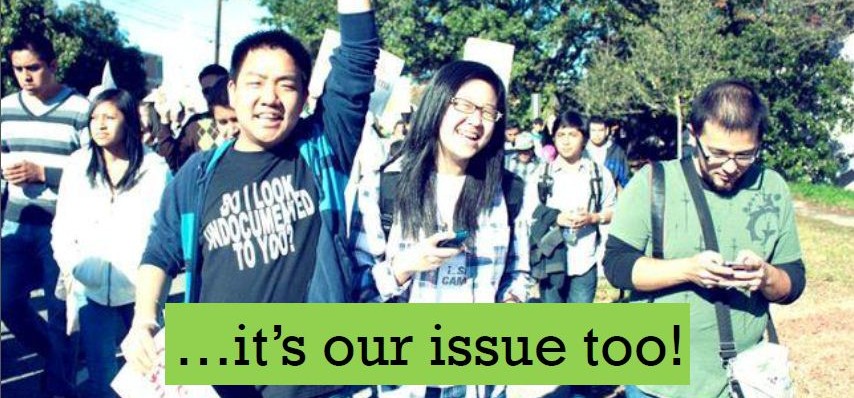This project allowed me to learn more about a topic that is personally and culturally relevant to me, as a Japanese American who grew up in New York City. Before starting my research for this website, I did not have much knowledge about the experiences of AAPI students in urban schools, other than what I knew from my own personal experience. I was aware of the “model minority” myth, as it was something I felt to be prevalent in my life, but I was unaware of some of its negative effects on AAPI students. I was able to take away five major things from this project:
-
There is a lack of research about the education of AAPI youth in schools, and this deficit is a part of the reason why the model minority myth continues to be perpetuated. The rapid population increase of AAPIs occurred over the past decade and the model minority myth has existed since the 60’s, so it would make sense why there is not a lot of knowledge about AAPI students who do not fit into the stereotype myth.36 However, this unawareness prevents students who need the support in schools from receiving it because there exists the assumption that it is unnecessary. It is therefore, necessary to do more research on at-risk AAPI students, as well as other students from all racial backgrounds in general, so that students can be more effectively identified to receive the help that they need. As Lee mentioned, there also needs to be a disaggregation of testing data in pubic schools because the reality is that not all AAPI subgroups are high performing.36 This would especially help in identifying at-risk students.
-
The lack of resources available for low-performing AAPI youth is an urban issue because low-income AAPIs are disproportionately concentrated in urban areas with the highest living costs.2 Because of my familial background in San Francisco and New York City, which are two of the cities with the highest concentration of AAPIs, I was already aware of the presence of AAPIs in urban areas on the East and West coasts. However, I learned that this concentration also includes the concentration of AAPIs living in poverty, as well as a concentrated lack of resources for low-income AAPI students in schools. For this reason, most of the grassroots organizing regarding education equity and youth empowerment of AAPIs exist in primarily urban areas.
-
Most AAPI grassroots organizations provide a variety of services for all community members, but the majority of these groups have some programming for youth activism and/or development. The youth leadership programs give AAPI students the tools they need, such as organizing, leadership, and teamwork skills, and campaigning and political knowledge so that they can raise awareness about issues that others may not necessarily know about because of the “model minority” myth. They are educated about the critical issues affecting their communities, so that they can take action, which has the potential to lead to social and policy reform. It is incredibly powerful for these empowered youth to work together and learn about activism, because this may be the most effective way to raise awareness about education inequity – those who are directly experiencing it are speaking out about it.
-
Many of the grassroots organizations work together and actively use social media as a tool for communicating and organizing. As I was looking at different Twitter and Facebook pages of organizations and individuals, I found that many of them tweet at each other, retweet each others’ posts, and post photos of different events that they host or attend together. This is incredibly powerful, because there are not too many AAPI grassroots organizations throughout the nation, so it seems to be a very effective strategy to collaborate with each other for a common cause. Prior to this project, I was unaware of the power of social media – the different websites I found truly prove its ability to raise awareness efficiently, easily, and to people all over the world.
-
Most AAPI organizations (grassroots and national) are very involved in other social justice issues that are not AAPI related. All of the various social media websites I found posted in solidarity and extensively about the ongoing rallies and events on the happenings in Ferguson and Staten Island. (Link to an interesting article regarding this) It was also interesting to note that a few grassroots organizations were campaigning about relevant topics such as racial profiling and police brutality.18 These findings, again, proved the power of social media because of its engagement with all prevalent social justice issues.
This project was truly eye opening, and it was very gratifying to do research on a topic that was not necessarily discussed in depth during class. Unfortunately, there is no quick solution, as with any issue in education, for educational equity in AAPIs, but I was able to see the power of organizations and individuals, and am now inspired to partake in more activism regarding this topic.
Contact: Mitsuki Nishimoto | [email protected] | @mnishimoto95
